Curry powder is a versatile spice blend that adds a warm, earthy flavor to many dishes. The exact blend can vary, but common ingredients include turmeric, coriander, cumin, mustard, ginger and chili peppers. This bright yellow powder has become a staple in households worldwide.
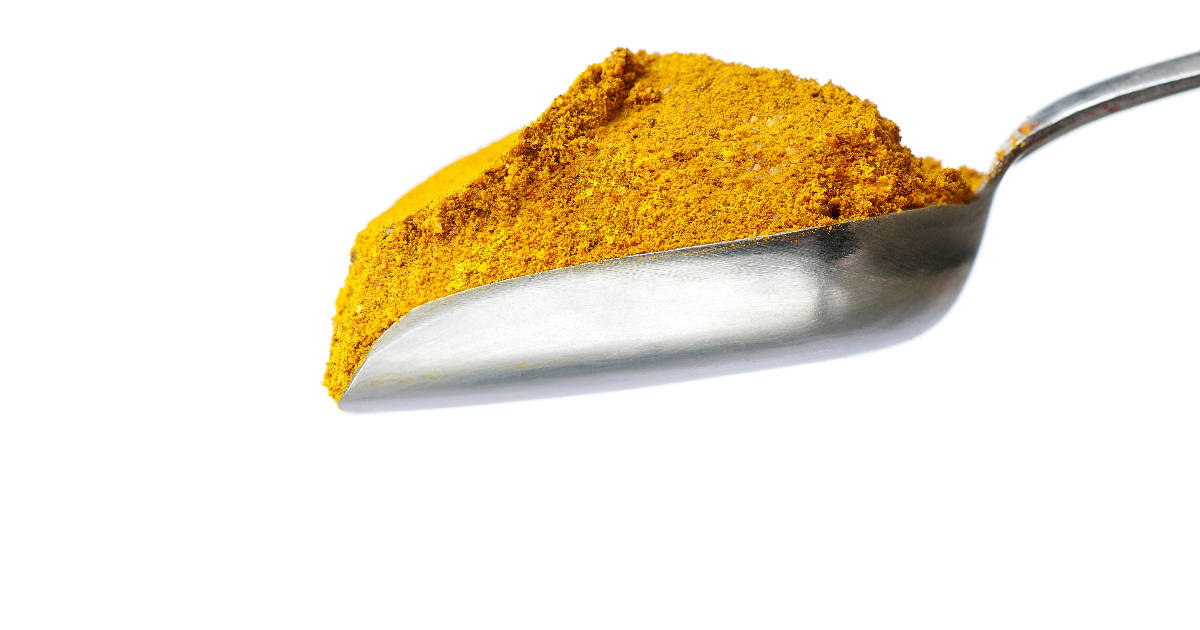
But what if you're in the middle of cooking and realize you're out of curry powder? No need to panic - there are plenty of substitutes you can use instead.
Let's explore the best alternatives for yellow curry powder. Whether you want to replicate the flavor as closely as possible or put your own spin on a recipe, these seasoning swaps will come in handy.
What is Curry Powder?
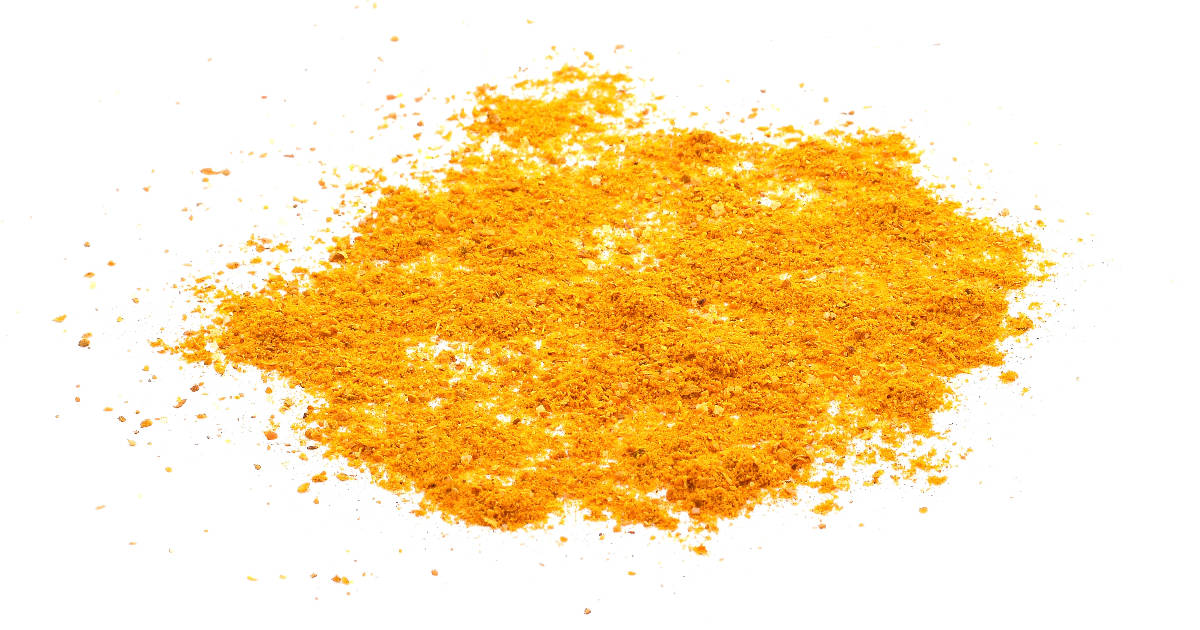
Before diving into substitutions, let's take a quick look at what defines this popular spice blend.
Curry powder is a mix of various ground spices that originate from the Indian subcontinent. The exact blend can vary dramatically, but these are some of the most common ingredients:
- Turmeric - Provides an earthy, bitter flavor and yellow color
- Coriander - Adds a fresh, citrusy note
- Cumin - Contributes a strong, warm aroma
- Mustard seeds - Give a pungent, slightly spicy quality
- Ginger - Offers subtle heat and sweetness
- Chili peppers - Bring smoky heat and bite
- Cardamom - Imparts gentle sweetness and perfume
- Black pepper - Provides sharp spiciness and complexity
- Cinnamon - Lends a sweet, woody flavor
- Cloves - Give a strong, almost medicinal taste
- Fenugreek - Adds an intriguing maple-like flavor
This blend of spices creates a flavor profile that is warming, complex, and versatile. The exact ratio of ingredients can vary dramatically between brands and recipes. Some curry powders lean sweeter, while others pack more heat.
Turmeric is the ingredient responsible for the distinctive golden hue. Though curry powder has Indian origins, it was actually formulated by the British to mimic the taste of authentic Indian curries. It has since become a ubiquitous seasoning worldwide.
Now that you know what defines this popular blend, let's look at some excellent stand-ins for curry powder that you likely have on hand.
1. Garam Masala
One of the easiest substitutions is garam masala, another spice blend used in Indian cooking. Some key differences are that garam masala contains more warming spices like cinnamon, nutmeg, and cardamom. It does not contain turmeric, so it won't provide the same golden color.
However, the base flavors of garam masala are similar enough to curry powder that it makes an excellent stand-in. The aroma and taste will be a bit sweeter and more floral. But overall, it can be used in a 1:1 ratio in most curry powder recipes.
Some of the defining ingredients in garam masala include:
- Cinnamon - For sweetness and warmth
- Cardamom - To add perfume and gentleness
- Cumin - For an earthy, sharp note
- Black pepper - To contribute spiciness and bite
- Cloves - For an almost medicinal quality
- Nutmeg - To lend subtle sweetness
Garam masala makes many dishes taste more complex. Try it in curries, stews, roasted vegetables, bloody marys and more. The next time you need curry powder but only have garam masala, don't fret. Use it as a straight 1:1 substitute.
2. Curry Paste
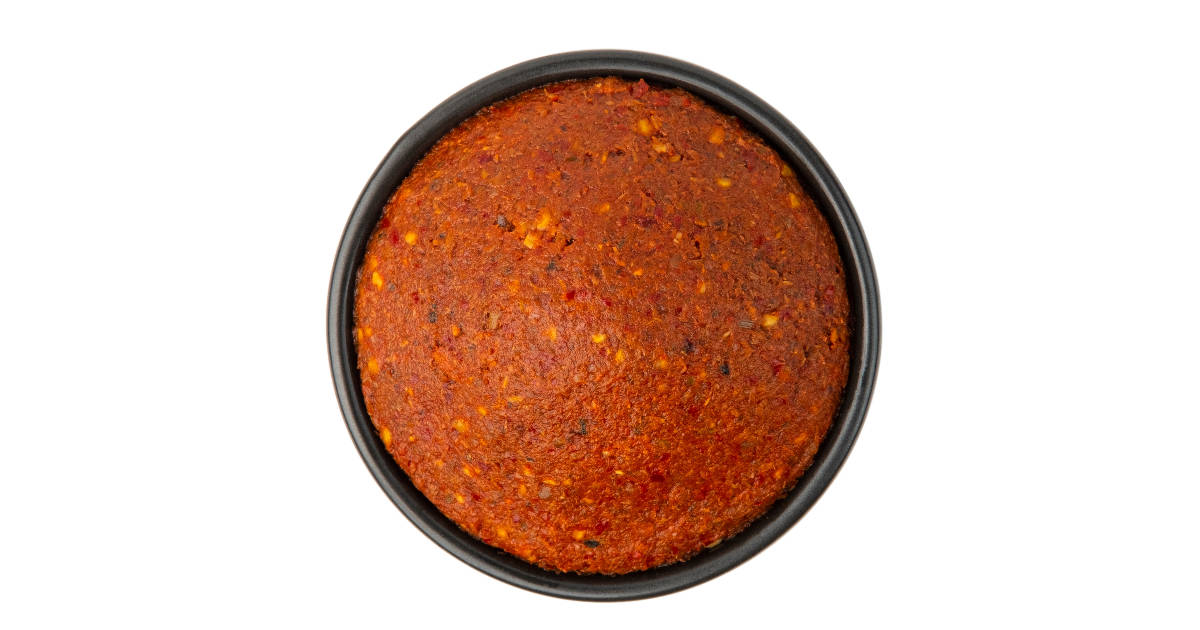
Another handy stand-in for curry powder is curry paste. At first glance, these two ingredients might sound quite similar. But curry paste has a far richer flavor, as spices are blended with fresh ingredients like garlic, ginger, lemongrass, and lime.
The most common types of Thai curry paste are:
- Red curry paste - Spicy, pungent and brightly flavored
- Green curry paste - Herbaceous with bitter, chili heat
- Yellow curry paste - Savory with notes of lemongrass and turmeric
Of these, yellow curry paste will provide the closest flavor to traditional curry powder. But any of the three can work well. Keep in mind that curry paste is highly concentrated. So you'll want to use about 1 teaspoon of curry paste for every 1 tablespoon of curry powder called for.
Curry paste is excellent for making sauces, curries, marinades and more. It adds bountiful flavor fast. Just sauté the paste briefly in oil before adding your main ingredients. Then simmer until the flavors develop.
3. Cumin
One single spice that serves as an effective curry powder substitute is cumin. This earthy, nutty spice is featured heavily in most curry powder blends. If you have ground cumin on hand, it can stand in for curry powder in a pinch.
Cumin provides a distinctly sharp, almost bitter taste. You'll miss the complexity of the spice blend, but cumin will give a similar earthy quality.
For best results, use about half the amount of cumin that your recipe calls for in curry powder. Then complement it with other spices you have on hand, like ginger, mustard powder, or chili powder.
Cumin is excellent for curries, roasted veggies, marinated meats, stews, and scrambled eggs. Allow it to cook briefly to release its robust aroma and prevent a gritty texture. The next time curry powder runs out, don't worry. Ground cumin can save the day.
4. Curry Powder Mix
With a few simple ingredients likely in your pantry, you can put together a homemade curry powder mix that mimics the real thing.
Try combining:
- 1 tablespoon ground coriander
- 1 tablespoon ground cumin
- 1 tablespoon turmeric powder
- 1 teaspoon chili powder
- 1 teaspoon mustard powder
- 1/2 teaspoon ground ginger
This combination replicates the core elements of curry powder. Feel free to tweak the quantities of spices to suit your tastes. You can make this mix in bulk and store it to have on hand whenever needed.
If you want an even closer match to store-bought curry powder, try adding a pinch of the following:
- Ground cinnamon
- Ground cloves
- Ground cardamom
- Ground black pepper
- Ground fenugreek
This DIY curry powder blend lets you customize the flavor. Make it as mild or spicy as you want. Having this mix pre-made eliminates panic when you're cooking and discover an empty curry powder jar.
5. Tandoori Masala
Here's another pre-made spice blend that works excellently when you're out of curry powder - tandoori masala. This seasoning is essential for tandoori chicken but also makes a flavorful curry powder alternative.
Like garam masala, tandoori masala contains many of the same spices found in curry powder, like coriander, cumin, ginger, cinnamon, cardamom, cloves, and fenugreek. What gives it a unique taste is the addition of Kashmiri chilies, which provide a rich red color and subtle sweetness.
The result is a flavor that's complex, a bit smoky, and moderately spicy. Use about half the amount of tandoori masala when swapping it for curry powder, as it's stronger in taste. It makes a wonderful replacement for curries, stews, marinated meats, and roasted vegetables.
6. Chinese Five Spice
Here's a creative substitution for curry powder - Chinese five-spice powder. Don't let the name fool you. This blend may not seem like an intuitive choice, but it works remarkably well.
The ingredients in five spice powder are vastly different from curry powder, featuring:
- Star anise - For an aromatic, licorice-like quality
- Cinnamon - To add sweetness and warmth
- Fennel - To lend an anise flavor
- Clove - Which provides a slightly medicinal taste
- Sichuan pepper - For a tingling, numbing effect
So while the flavors are unique, this blend still offers complex layers of aroma and taste. The anise notes give it a distinct personality that plays well in Asian dishes. Use about half the amount of five-spice powder in place of curry powder. It may become overpowering otherwise.
Five spice powder shines when used as a rub for roasted vegetables or proteins. Try it on chicken, tofu, eggplant, or cauliflower. Let this unexpected stand-in give your meal a flavor twist.
7. Ras el Hanout
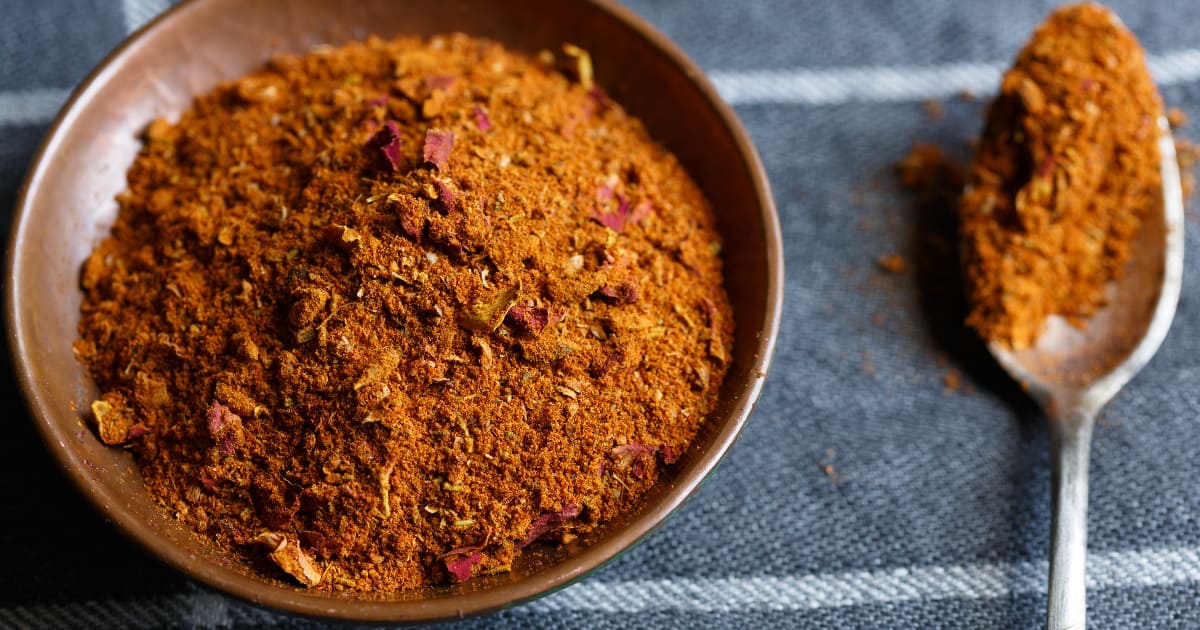
Ras el hanout is a North African spice blend that also works nicely when you don't have curry powder available. With over a dozen ingredients, it has incredible depth and intensity.
Some of the spices in ras el hanout include:
- Cumin - For earthiness
- Coriander - To lend freshness
- Turmeric - To provide vibrancy
- Cardamom - For sweet perfume
- Cinnamon - Which gives warmth
- Cloves - To add strong spice
- Nutmeg - For woody richness
- Chili peppers - To bring heat
- Ginger - For zest and sweetness
With turmeric and warm spices like cumin, coriander and cinnamon, ras el hanout makes a flavorful curry powder substitute. It will be more intensely flavored, so use just half the amount in your recipe.
Ras el hanout excels when rubbed on lamb, chicken or fish before grilling or roasting. It also adds wonderful spice to lentil and vegetable soups and stews. This blend may become your new favorite seasoning swap.
8. Harissa Powder
Here's another North African spice blend that can pinch hit for curry powder - harissa powder. While associated with the condiment harissa paste, this Tunisian spice mix stands on its own.
Harissa powder contains:
- Chili peppers - To provide ferocious heat
- Coriander - For pleasant citrus notes
- Cumin - To lend an earthy quality
- Caraway - Which gives a sharp anise flavor
- Paprika - For sweetness and vibrancy
This combination results in a seasoning that's fiery, citrusy, and highly aromatic. Use harissa powder sparingly, as it's far spicier than standard curry powder, starting with just 1/4 of the amount. It develops a wonderful complexity and color when used in curries, tagines, soups, and stews.
9. Jerk Seasoning
Looking for a more tropical flavor twist? Try jerk seasoning as an alternative to curry powder. This combustible blend contains warm spices along with potent ingredients like Scotch bonnet peppers.
Jerk seasoning typically includes:
- Thyme - For woodsy herbal notes
- Allspice - Which offers peppery sweetness
- Cinnamon - To lend warmth and spice
- Nutmeg - For a subtly sweet undertone
- Cloves - These give a strong, piercing flavor
- Scotch bonnet peppers - To bring intense burning heat
Used in Jamaican jerk chicken, this seasoning will really turn up the heat. Use just 1/4 of the amount of curry powder to avoid an intensely spicy result. Jerk seasoning makes a fun substitute in chicken, pork, and seafood recipes calling for a flavor kick.
10. Pumpkin Pie Spice
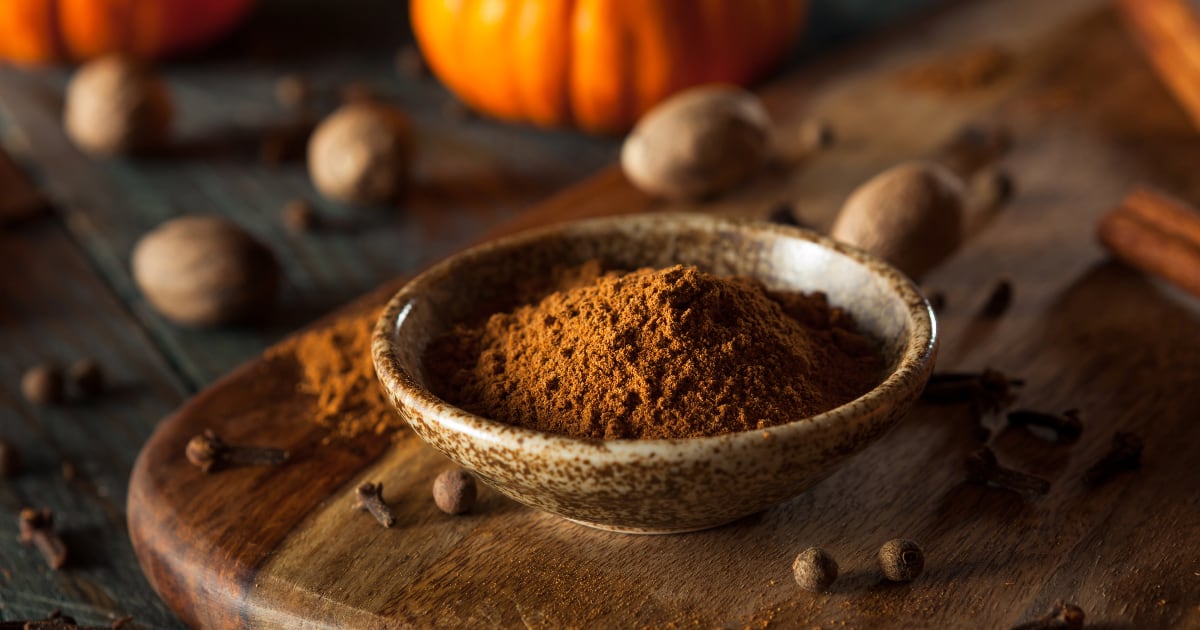
Surprisingly, even pumpkin pie spice can make a tasty stand-in for curry powder - with a seasonal twist. This blend is dominated by cinnamon, clove, nutmeg, and allspice.
Though not a precise match, these warm baking spices create a similar warming quality that works in certain savory dishes. The ginger and allspice even faintly mimic flavors in curry powder.
To use, substitute about 1 teaspoon of pumpkin pie spice for 1 tablespoon of curry powder. It goes well in roasted fall vegetables, chilies, soups, and stews. Get creative with this autumnal spice blend in place of curry powder.
Things to Consider When Substituting
When using a stand-in for curry powder, keep these tips in mind:
- Spice intensity - Some substitutes are much stronger than curry powder. Use less and adjust to taste.
- Flavor profile - Alternative spices may be smokier, sweeter, or spicier. Complement with other ingredients.
- Color - Curry powder gets its yellow hue from turmeric. Substitutes may alter the color.
- Balance - Blend other spices at home to create a closer match to curry powder.
- Dish suitability - Some swaps work better in certain dishes based on complexity and taste.
- Quantity - Start with less when using an unknown substitute and increase the amount as needed.
With so many possible substitutions, you can improvise when you don't have curry powder on hand. From garam masala to five spice powder, these alternatives add marvelous flavor.
Experiment with the spices you have and see what unique flavors you can create. Don't let the absence of curry powder derail your dinner plans. Whip up one of these tasty seasoning swaps instead. Your taste buds will thank you.
Yellow Curry Powder Substitutes
| Substitute | Key Flavors | Notes |
|---|---|---|
| Garam Masala | Warming spices like cinnamon, cardamom, nutmeg | Sweeter and more floral than curry powder. Use 1:1. |
| Curry Paste | Garlic, ginger, lemongrass, lime | Use half the amount; stronger than curry powder. Adds nice color. |
| Cumin | Earthy, sharp, pungent | Use half the amount of curry powder called for. Combine with other spices. |
| Homemade Curry Powder | Coriander, cumin, turmeric, chili powder | Customize to your taste preferences. Make in bulk to have on hand. |
| Tandoori Masala | Coriander, cumin, ginger, cinnamon, cardamom | Use half the amount. Unique licorice-like flavor. Great on veggies. |
| Chinese Five Spice | Star anise, cinnamon, fennel, clove, Sichuan pepper | Use half the amount. More intense than curry powder but delicious. |
| Ras el Hanout | Cumin, coriander, cinnamon, nutmeg, ginger, chili | For fall dishes. Sub 1 tsp spice: 1 Tbs curry powder. |
| Harissa Powder | Chili peppers, coriander, cumin, caraway | Use 1/4 amount. Fiery but flavorful. |
| Jerk Seasoning | Thyme, allspice, cinnamon, nutmeg, Scotch bonnet peppers | Use 1/4 amount. Adds serious heat and tropical flair. |
| Pumpkin Pie Spice | Cinnamon, clove, nutmeg, allspice | For fall dishes. Sub 1 tsp spice : 1 Tbs curry powder. |
FAQs
Can I use garam masala instead of curry powder?
Yes, garam masala makes an excellent 1:1 substitute for curry powder, as it contains many of the same warm, earthy spices. The taste will be slightly sweeter and more floral.
Is curry paste a good alternative to curry powder?
Curry paste can replicate the flavor, but it's much more concentrated so use about 1 teaspoon paste for 1 tablespoon powder. Sauté it briefly before adding other ingredients.
Can I use cumin alone instead of curry powder?
You can use cumin alone, but the flavor won't be as complex. Use half the amount of cumin called for in curry powder and complement it with other spices you have.
What's a good homemade curry powder recipe I can make?
An easy blend is 1 Tbs each of coriander, cumin, and turmeric, 1 tsp each of chili powder, mustard powder, and ginger. Add other spices like cinnamon and cumin for authentic flavor.
Can I use pumpkin pie spice instead of curry powder?
In a pinch, substitute 1 tsp pumpkin pie spice for 1 Tbs curry powder. It won't taste the same but gives a similar warming quality. Use in fall dishes.
How can I tell if a substitute for curry powder will work?
Consider the color, flavor profile, spice level, and overall taste. Start with less, adjusting the amount as needed. Pick a substitute suitable for the specific dish.
What can I do if my curry powder substitute is too spicy?
Many substitutes are stronger than curry powder. Use less initially and add other ingredients to balance the heat, like coconut milk or plain yogurt.
Why does the color change when I substitute curry powder?
Turmeric gives curry powder its signature golden hue. Substitutes without turmeric will alter the color. Add a pinch of turmeric to get a similar yellow color.
Conclusion
Curry powder is a beloved spice blend used worldwide. With its warming golden color and complex flavor, it adds intrigue to curries, stews, roasted veggies, and more.
Luckily, it's possible to mimic curry powder when you're in a pinch. Garam masala, curry paste, homemade powder mixes, and seasonings like Chinese five spice make flavorful substitutes.
Consider the spice intensity, taste profile, and color result when choosing alternatives to curry powder. Start with less and adjust the amount as needed.
With so many options, you can improvise and come up with your own signature spice blend.

